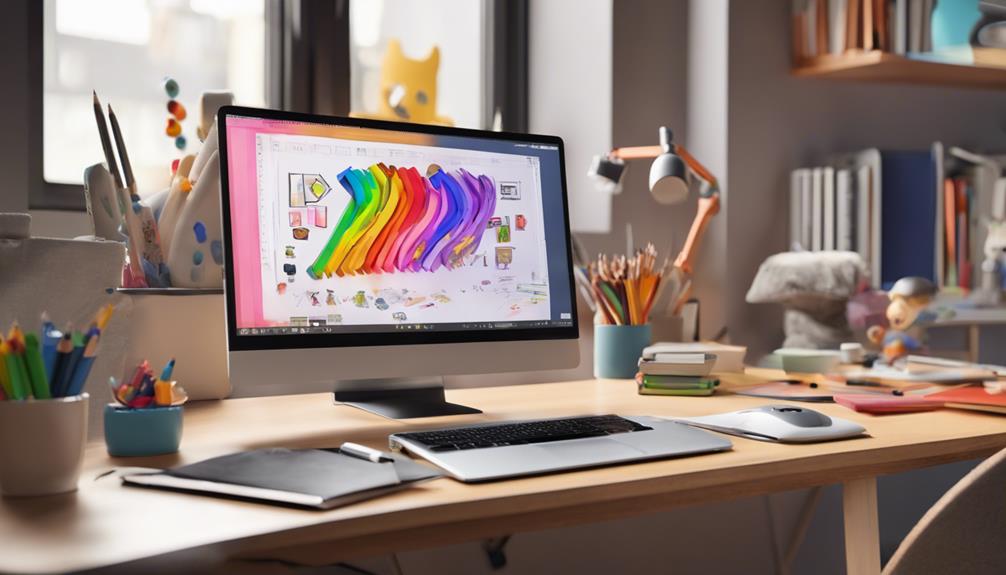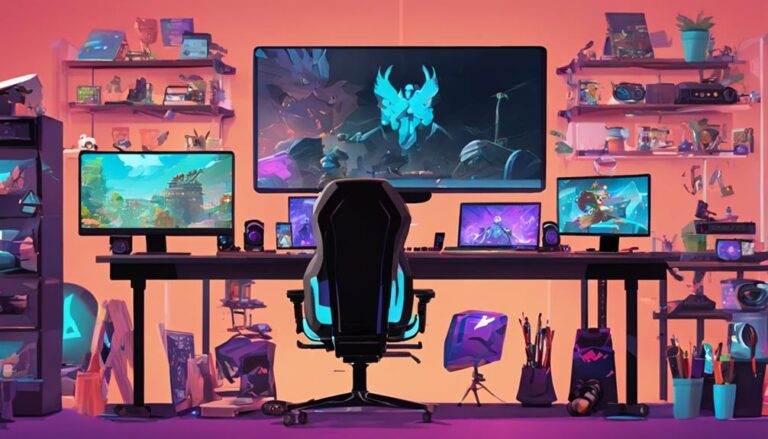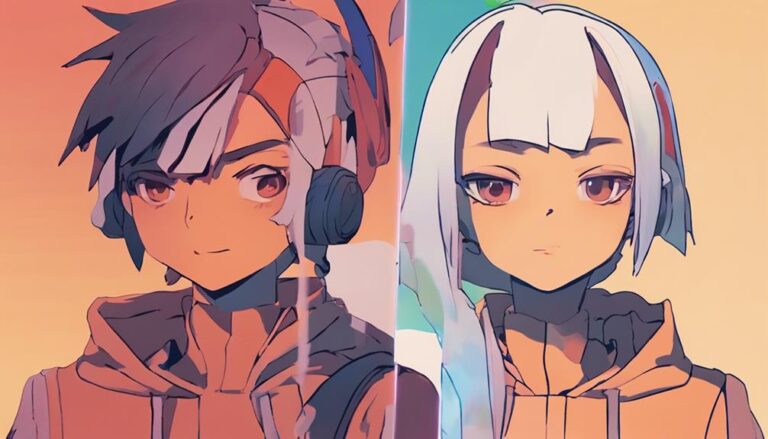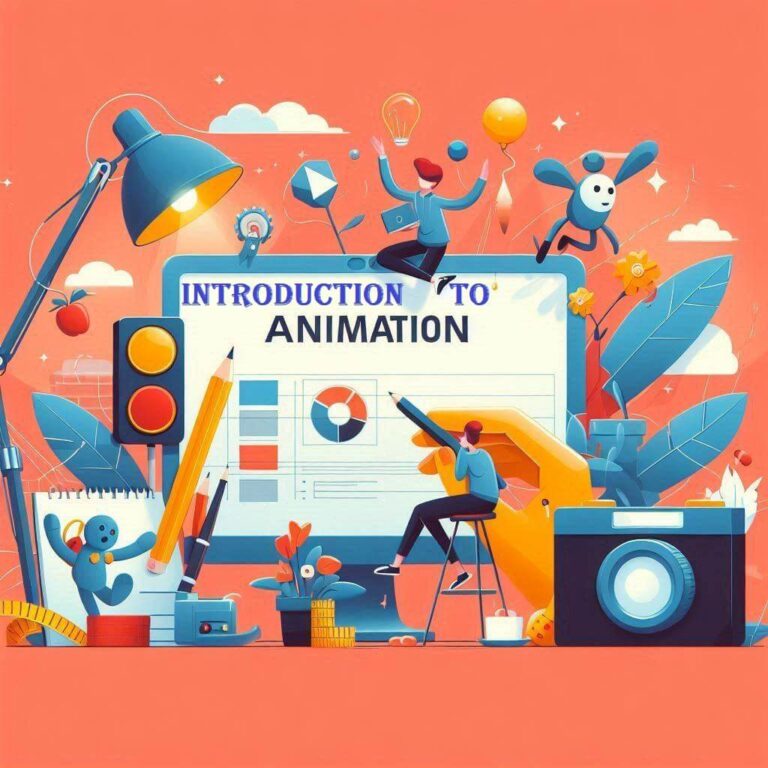Learn 3D Animation Online With Beginner-Friendly Courses
To kickstart your 3D animation journey, you'll want to find online courses that fit your learning style and skill level. Beginner-friendly courses like Udemy's 3D Animation Course, Animation Mentor, and CG Spectrum 3D Animation Course provide comprehensive introductions to the 3D animation pipeline, including modeling, texturing, rigging, animation, and rendering. You can also take advantage of free resources like Blender Guru's tutorials to learn the basics of 3D animation using free software. By choosing the right courses and software, you'll be well on your way to mastering the skills needed to bring your creative visions to life in 3D, and we'll explore how to do just that next.
Key Takeaways
- Familiarize with the 3D animation pipeline to understand workflow and identify areas for improvement.
- Choose beginner-friendly online courses, such as Udemy, Animation Mentor, or Blender Guru, to develop foundational skills.
- Master essential 3D modeling skills, including UV unwrapping, normal mapping, and texture painting techniques.
- Practice hands-on experience with software tools like Blender, Maya, or 3ds Max to gain confidence and proficiency.
- Set clear goals and deadlines to stay focused and motivated throughout the 3D animation learning journey.
Getting Started With 3D Animation
Embarking on your 3D animation journey can be both thrilling and intimidating. You're about to unlock a world of creative possibilities, but you're not sure where to start.
The first step is to identify your creative spark – what drives you to create 3D animations? Is it the desire to tell stories, bring characters to life, or create stunning visuals? Understanding your motivation will help you stay focused and motivated throughout your animation journey.
As you begin, it's essential to set clear goals and expectations. What do you want to achieve in 3D animation?
Do you want to work in film, video games, or architecture? Knowing your end goal will help you tailor your learning process and ensure you're developing the right skills.
Familiarize yourself with the 3D animation pipeline, which includes modeling, texturing, rigging, animation, and rendering.
This will give you a solid understanding of the workflow and help you identify areas where you need improvement. With a clear direction and a solid foundation, you'll be well on your way to igniting your creative spark and launching a successful 3D animation career.
Best Online 3D Animation Courses
Learning 3D animation online requires the right resources, and enrolling in a high-quality course can significantly boost your skills.
A well-structured course won't only teach you the fundamentals of 3D animation but also provide you with industry insights and help you stay up-to-date with the latest animation trends.
When searching for online 3D animation courses, consider the following options:
- Udemy 3D Animation Course: A comprehensive course covering the basics of 3D modeling, texturing, and lighting.
- Animation Mentor: A mentorship-based course where you'll work with industry professionals to develop your skills.
- CG Spectrum 3D Animation Course: A course focused on teaching you the skills required to work in the film and gaming industries.
- Blender Guru 3D Animation Course: A free course teaching you how to create 3D animations using Blender.
These courses will provide you with the skills and knowledge required to succeed in the 3D animation industry.
Essential 3D Animation Software
Your 3D animation journey is incomplete without the right software tools.
With numerous software choices available, selecting the right ones can be overwhelming. However, understanding the animation pipeline can help you narrow down your options.
The pipeline typically consists of modeling, rigging, animation, lighting, and rendering.
For modeling, you can choose between Blender, Maya, or 3ds Max. Blender is a popular free and open-source option, while Maya and 3ds Max are industry-standard tools.
For rigging and animation, Maya and 3ds Max are widely used in the industry. However, if you're looking for a free alternative, Blender's rigging and animation tools are constantly improving.
For lighting and rendering, you may want to consider specialized software like V-Ray or Arnold.
These tools can help you achieve high-quality renders, but they often require a separate license.
When choosing your software, consider the specific needs of your project and the skills you want to learn.
3D Modeling and Texturing Basics
As you dive into 3D animation, developing strong 3D modeling and texturing skills is crucial.
You'll use modeling tools to create 3D objects and characters, and texturing techniques to give them life and realism. With practice, you'll become proficient in creating complex models and textures that enhance your animations.
To get started, imagine creating the following scenes:
- A futuristic cityscape with sleek skyscrapers and intricate details
- A fantasy world with mythical creatures and vibrant textures
- A realistic landscape with rolling hills and detailed foliage
- A sci-fi spaceship with metallic surfaces and glowing accents
Mastering 3D modeling and texturing basics requires hands-on experience with various software tools.
You'll learn to navigate modeling tools like Blender, Maya, or 3ds Max, and practice texturing techniques like UV unwrapping, normal mapping, and texture painting.
As you progress, you'll develop a keen eye for detail and an understanding of how to optimize your models and textures for efficient rendering.
Lighting and Animation Techniques
With a solid foundation in 3D modeling and texturing, you're now ready to bring your scenes to life with dynamic lighting and captivating animation techniques.
Lighting moods play a crucial role in setting the tone and atmosphere of a scene. You'll learn to create a range of moods, from warm and cozy to dark and eerie, by adjusting color temperatures, intensities, and shadow properties.
This will allow you to evoke emotions and convey your intended message.
As you explore animation techniques, you'll discover various animation styles that can enhance your storytelling.
You'll learn to create realistic movements, fluid dynamics, and special effects that captivate your audience. Keyframe animation, physics simulations, and particle systems will become your tools for crafting compelling scenes.
By mastering these techniques, you'll be able to create engaging animations that draw viewers in and keep them invested in your narrative.
With practice and experimentation, you'll develop your unique style and voice, setting you apart as a skilled 3D animator.
Tips for Staying Motivated Online
When working on 3D animation projects online, you'll encounter numerous challenges that can test your motivation.
To stay on track, it's essential to set achievable milestones that break down complex tasks into manageable chunks. By doing so, you'll create a roadmap for success, allowing you to track your progress and stay focused on your goals.
Set Achievable Milestones
Breaking down your 3D animation project into smaller, manageable tasks is key to staying motivated online.
Effective goal setting is crucial in achieving this.
By setting achievable milestones, you create a roadmap for your project, allowing you to focus on one task at a time.
This approach helps you stay motivated and track your progress.
To set achievable milestones, consider the following:
- Define project scope: Clearly outline what you want to achieve with your 3D animation project.
- Identify key tasks: Break down the project into smaller, manageable tasks, such as modeling, texturing, and lighting.
- Establish deadlines: Set realistic deadlines for each task to help you stay on track.
- Create a checklist: Write down each task and check them off as you complete them to visualize your progress.
Track Your Progress
Tracking your progress is a critical component of staying motivated online. When learning 3D animation online, it's easy to get sidetracked or feel like you're not making progress.
However, by implementing a progress tracking system, you can stay on top of your goals and celebrate your achievements.
Use a habit tracker or a spreadsheet to monitor your progress. Set specific metrics to track, such as the number of tutorials completed, exercises finished, or skills mastered.
This will help you identify areas where you need to focus your efforts. Break down larger goals into smaller, manageable tasks to create a sense of accomplishment and momentum.
Consistency is key to habit formation, so try to track your progress at the same time every day or week.
Use this data to adjust your learning schedule and make informed decisions about your 3D animation journey. By tracking your progress, you'll be able to see how far you've come, identify patterns, and make adjustments to stay on track.
This will help you stay motivated and engaged in your online learning experience.
Turning Your Skills Into a Career
One successful project under your belt can be the catalyst that turns your passion for 3D animation into a full-fledged career.
You'll start to see the potential for growth and the various paths you can take. Developing a career roadmap will help you navigate the industry and identify key milestones to achieve.
This roadmap will guide your decisions and ensure you're on track to meet your goals.
As you gain experience and build your portfolio, you'll unlock freelance opportunities that can help you gain more experience and earn a steady income.
To turn your skills into a career, keep the following in mind:
- *Create a strong online presence* through social media and a personal website to showcase your work.
- *Network with other professionals* in the industry to learn about new trends and job opportunities.
- *Stay up-to-date with industry software* to ensure you're proficient in the latest tools.
- *Set clear goals and deadlines* to help you stay focused and motivated.
Frequently Asked Questions
Do I Need a Strong Art Background for 3D Animation?
You don't need a strong art background to get started, but understanding art fundamentals and design principles will help. You'll learn to apply these concepts to create 3D models, textures, and animations that are visually appealing.
Can I Learn 3D Animation on a Low-End Computer?
You can learn 3D animation on a low-end computer, but it depends on your workflow. Check the system specifications for the software you're using, as it'll help you determine the minimum computer requirements to run smoothly.
How Long Does It Take to Become a Skilled 3D Animator?
To become a skilled 3D animator, you'll need daily practice and consistent dedication. Focusing 1-3 hours daily can lead to noticeable progress in 6-12 months, but mastering the craft typically takes 2-5 years of rigorous training.
Are Online 3D Animation Courses Self-Paced or Timed?
You're likely wondering if online 3D animation courses are self-paced or timed. Most online courses offer flexible schedules, allowing you to set your own pace within a given course duration, typically 1-6 months.
Can I Use Free Software for Professional 3D Animation Projects?
You can use free software for professional 3D animation projects, taking advantage of free trials or open-source options like Blender, which offers robust features and a large community for support and resources.
Conclusion
You've now got the foundation to start your 3D animation journey. With beginner-friendly courses and essential software under your belt, you'll be creating stunning visuals in no time. Practice consistently, and you'll master key techniques like lighting and texturing. Stay motivated, and you'll turn your skills into a career. Keep pushing your creative boundaries, and you'll unlock the full potential of 3D animation.







